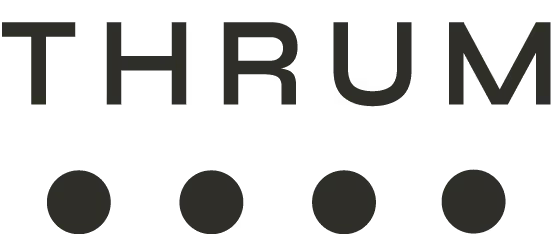How Publicis Groupe is Evolving Beyond Marcel to Win the AI Race in Marketing
How Publicis Groupe is Evolving Beyond Marcel to Win the AI Race in Marketing
Publicis Groupe's AI journey began with skepticism in 2018 when they launched Marcel, but today the advertising giant is transforming how agencies monetize artificial intelligence as the industry scrambles to catch up.
Scott Hagedorn, Publicis' chief solutions architect, revealed the company's evolved AI strategy during a recent industry event. After joining from rival Omnicom in 2022, Hagedorn assembled cross-functional teams to build vertical-specific AI applications targeting audience building, media activation, and creative processes.
Key Strategic Moves Reshaping the Agency Model
- Custom AI Platforms for Clients: Publicis now creates tailored versions of Marcel for major clients, including Charlie for Pfizer, allowing companies to control their AI destiny within their own environments.
- Data-Driven Infrastructure: Leveraging subsidiaries Epsilon and Sapient, the company threads together clean room technology and customer data platforms to create superior media plans, recognizing that quality data is fundamental to effective AI model training.
- Business Model Evolution: Moving away from traditional time-and-materials billing toward software-as-a-service models, where Publicis builds and licenses technology directly to clients.
The Differentiation Challenge
As AI tools become widely accessible, Hagedorn acknowledges that agencies face a differentiation problem. The competitive advantage will come from how companies train their AI models rather than the tools themselves.
"Everyone could go in radically different directions," Hagedorn noted, suggesting that model training approaches will determine which agencies succeed in the AI-driven future.
The transformation reflects broader industry pressure as marketing departments increasingly demand automated solutions for manual processes, particularly in highly regulated sectors like pharmaceuticals where creative workflows can be exceptionally time-consuming.
Stay in Rhythm
Subscribe for insights that resonate • from strategic leadership to AI-fueled growth. The kind of content that makes your work thrum.


